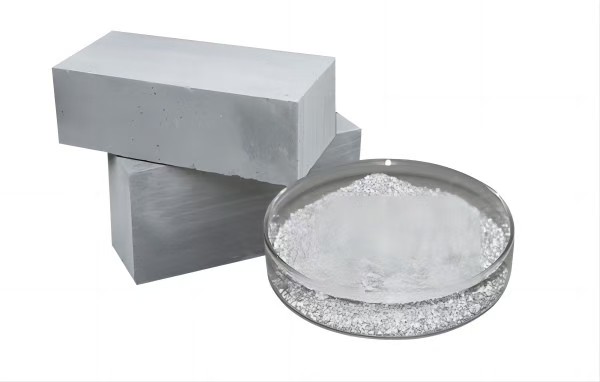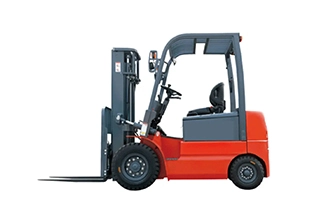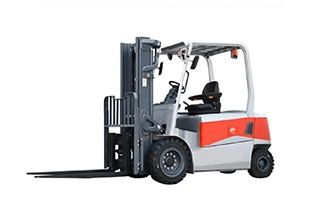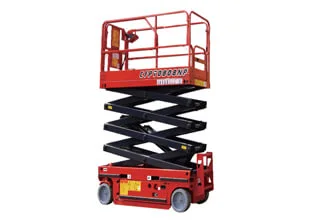
In the production process of aerated concrete, using aluminum powder as a foaming agent is an important step that significantly impacts the quality of the final aerated block products. Therefore, the selection of aluminum powder for AAC must be strictly controlled to ensure the production of high-quality aerated block products. The specific gravity of aluminum powder in the aerated concrete production line is only 2.7%. Under standard conditions, 1g of aluminum produces 1.24ml of hydrogen gas, thus requiring less material and reducing cost.
Additionally, aluminum has a high yield and is widely available, making it a commonly used material for aerated concrete production, which is relatively easy to control in the process and is the most commonly used material for gas generation.
The requirements for the use of aluminum powder in the aerated concrete production process are as follows:
The gas generation volume of aluminum powder for AAC determines the amount of aluminum powder used in aerated blocks. The gas generation volume refers to the volume of hydrogen gas produced in standard conditions by fully reacting a unit mass of aluminum powder.
The higher the metallic aluminum content in the aluminum powder for AAC, the greater the gas generation volume. The more active aluminum that participates in the reaction in the aerated concrete slurry, the greater the actual gas generation volume. The aluminum that participates in the gas generation reaction and produces hydrogen is called active aluminum; in aluminum paste, another indicator different from active aluminum is solid content.
Hence, the aluminum paste used for aerated concrete is produced using aluminum ingots with relatively high purity (more than 98% purity). The metallic aluminum content in aluminum powder for AAC generally requires not less than 98%, and the active aluminum content not less than 89%.
The fineness of aluminum powder for AAC does not affect the gas generation volume but does impact the speed of gas generation. The finer the aluminum powder for AAC, the larger the specific surface area, and the greater the surface area involved in the reaction, hence the earlier the gas generation starts and the faster the speed, with gas generation also ending earlier.
Generally speaking, the aluminum powder for AAC undergoes strict quality control in the production process, with fineness usually controlled within a certain range. However, due to differences in production enterprises and production processes, there are still significant fluctuations in actual fineness, making it a major factor affecting the stability of casting.
The particle shape of aluminum powder for AAC significantly affects its gas generation characteristics. The particle shape of aluminum powder primarily includes two types: one is droplet-shaped and irregular needle-shaped, formed during the spraying process; the other is broadleaf-shaped or irregular flake-shaped, formed by grinding the sprayed powder.
Droplet-shaped aluminum powder for AAC has very low chemical activity and almost no gas generation in the aerated concrete slurry. The main reason is that this type of aluminum powder is blown into particles from high-temperature molten liquid by compressed air and gradually cooled in the air, undergoing intense oxidation to form a dense aluminum oxide purification film, which significantly hinders the chemical reaction. Ground aluminum powder particles form thin flake shapes, providing a larger new metal surface area, thereby increasing the area for gas generation reaction.
Moreover, in the grinding process, aluminum powder for AAC is extended and fractured by grinding impact and rolling, resulting in flat particles with numerous irregular edges. The metal crystal lattice at these irregular edges undergoes more distortion and fractures, becoming areas with higher chemical activity and promoting good gas generation characteristics in aluminum powder for AAC.



